Mouse ACE/CD143 ELISA Kit
$299.00 – $419.00
ELISA Kit Detail Information
| Related Target | |
|---|---|
| Species | mouse |
| Sample Type | Serum, plasma, cell culture supernatant, and other biological samples |
| Sample Volume | 100 μL (diluent) |
| Sensitivity | 7.85 pg/mL |
| Array Range | 93.75 pg/mL – 6000 pg/mL |
| Assay Time | 3.5 h |
| Recovery | 90% – 105% |
| Average Recovery | 98% |
| Intra Precision | 2.9% – 4.8% |
| Inter Precision | 3.3% - 4.7% |
| Plate | Detachable 96-well plate |
| Storage | If the reagent kit is unopened, it should be stored at 4℃. However, if it has been opened, the standard solution should be stored at -20℃, while the other components should be stored at 4℃. |
| Delivery | 4℃ blue ice transportation |
| Components | 96-well polystyrene enzyme-linked immunosorbent assay (ELISA) plate coated with anti-ACE monoclonal antibody Mouse ACE freeze-dried standard Mouse ACE detect Antibody Standard Diluent Assay Buffer(10×) Substrate TMB Stop Solution Washing Buffer(20×) Sealing Film |
| Assay Principle | This kit utilizes the double antibody sandwich enzyme-linked immunosorbent assay (ELISA) detection technique.Specific anti-mouse ACE antibodies are precoated on a high-affinity ELISA plate. Standard samples, test samples, and biotinylated detection antibodies are added to the wells of the ELISA plate. After incubation, ACE present in the samples binds to the solid-phase antibodies and the detection antibodies. After washing to remove unbound substances, streptavidin-HRP labeled with horseradish peroxidase is added. After washing, a colorimetric substrate, TMB, is added and the plate is incubated in the dark for color development. The intensity of the color reaction is directly proportional to the concentration of ACE in the samples.A stop solution is added to terminate the reaction, and the absorbance value is measured at a wavelength of 450 nm (with a reference wavelength range of 570-630 nm). |
Related Targets
ACE
ACE Target Infomation Overview
- Target Symbol: ACE, angiotensin I converting enzyme
- Gene Groups: CD molecules
- Alias: ACE1; CD143
- Previous Names: DCP1
- Alias Names: peptidyl-dipeptidase A; angiotensin I converting enzyme (peptidyl-dipeptidase A) 1
ACE, angiotensin I converting enzyme Target Infomation by Species
- Human
- Mouse
- Rat
Human ACE Target Information
- Target Symbol: ACE, angiotensin I converting enzyme
- Alias:
- ACE1
- angiotensin 1 converting enzyme 1
- angiotensin converting enzyme, somatic isoform
- angiotensin I converting enzyme (peptidyl-dipeptidase A) 1
- angiotensin I converting enzyme peptidyl-dipeptidase A 1 transcript
- angiotensin-converting enzyme
- carboxycathepsin
- CD143
- CD143 antigen
- DCP
- DCP1
- dipeptidyl carboxypeptidase 1
- dipeptidyl carboxypeptidase I
- ICH
- kininase II
- MGC26566
- MVCD3
- peptidase P
- testicular ECA
- NCBI_Gene: 1636
- UniProtKB: P12821
Human ACE Predicted Functions
Enables several functions, including chloride ion binding activity; peptidase activity; and protein kinase binding activity. Involved in several processes, including arachidonic acid secretion; peptide metabolic process; and regulation of angiotensin metabolic process. Located in several cellular components, including external side of plasma membrane; extracellular exosome; and lysosome. Implicated in several diseases, including artery disease (multiple); autoimmune disease (multiple); gastrointestinal system cancer (multiple); heart valve disease (multiple); and lung disease (multiple). Biomarker of several diseases, including chronic myeloid leukemia; intermediate coronary syndrome; lung disease (multiple); pancreatic ductal carcinoma; and renal fibrosis.
Mouse Ace Target Information
- Target Symbol: Ace, angiotensin I converting enzyme (peptidyl-dipeptidase A) 1
- Alias:
- AW208573
- CD143
- expressed sequence AW208573
- NCBI_Gene: 11421
Mouse Ace Predicted Functions
Enables metallopeptidase activity and peptidyl-dipeptidase activity. Involved in several processes, including cell proliferation in bone marrow; positive regulation of protein modification process; and regulation of gene expression. Acts upstream of or within several processes, including heart contraction; neutrophil mediated immunity; and positive regulation of systemic arterial blood pressure. Located in cytoplasm and plasma membrane. Is expressed in several structures, including alimentary system; brain; extraembryonic component; genitourinary system; and integumental system. Human ortholog(s) of this gene implicated in several diseases, including artery disease (multiple); autoimmune disease (multiple); gastrointestinal system cancer (multiple); heart valve disease (multiple); and lung disease (multiple). Orthologous to human ACE (angiotensin I converting enzyme).
Rat Ace Target Information
- Target Symbol: Ace, angiotensin I converting enzyme
- Alias:
- angiotensin 1 converting enzyme
- angiotensin 1 converting enzyme 1
- angiotensin converting enzyme
- angiotensin I converting enzyme (peptidyl-dipeptidase A) 1
- angiotensin I converting enzyme 1
- angiotensin I-converting enzyme (Dipeptidyl carboxypeptidase 1)
- angiotensin-converting enzyme
- angiotensin-converting enzyme-like
- CD143
- Dcp1
- Dipeptidyl carboxypeptidase 1
- Dipeptidyl carboxypeptidase 1 (Angiotensin I-converting enzyme)
- dipeptidyl carboxypeptidase I
- kininase II
- LOC102556346
- StsRR92
- NCBI_Gene: 24310
Rat Ace Predicted Functions
Enables heterocyclic compound binding activity; metallopeptidase activity; and peptidyl-dipeptidase activity. Involved in several processes, including animal organ development; negative regulation of transport; and response to corticosteroid. Located in several cellular components, including basal plasma membrane; brush border membrane; and sperm midpiece. Used to study several diseases, including artery disease (multiple); glomerulonephritis (multiple); kidney failure (multiple); lung disease (multiple); and proteinuria (multiple). Biomarker of several diseases, including artery disease (multiple); congenital diaphragmatic hernia; endomyocardial fibrosis; liver cirrhosis (multiple); and lung disease (multiple). Human ortholog(s) of this gene implicated in several diseases, including artery disease (multiple); autoimmune disease (multiple); gastrointestinal system cancer (multiple); heart valve disease (multiple); and lung disease (multiple). Orthologous to human ACE (angiotensin I converting enzyme).

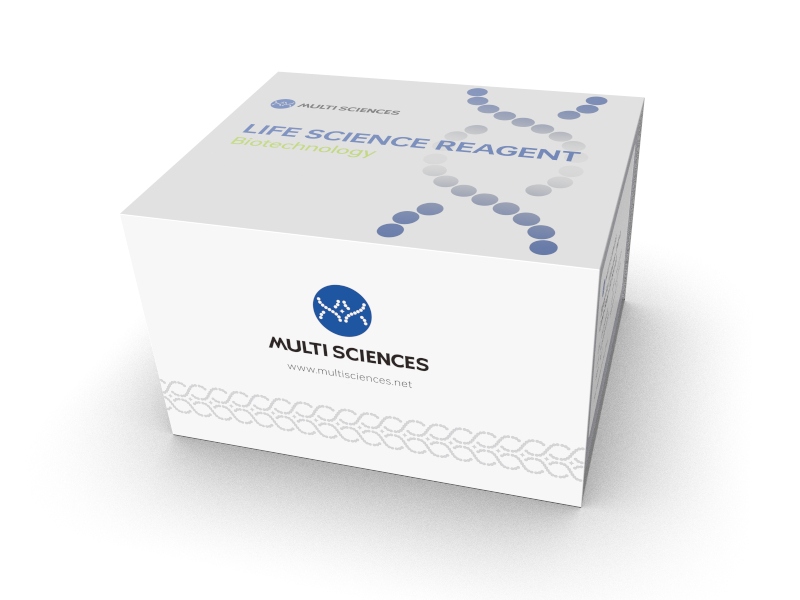
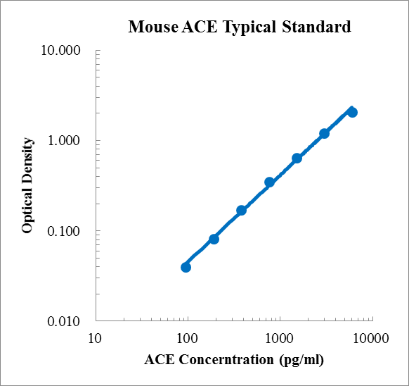
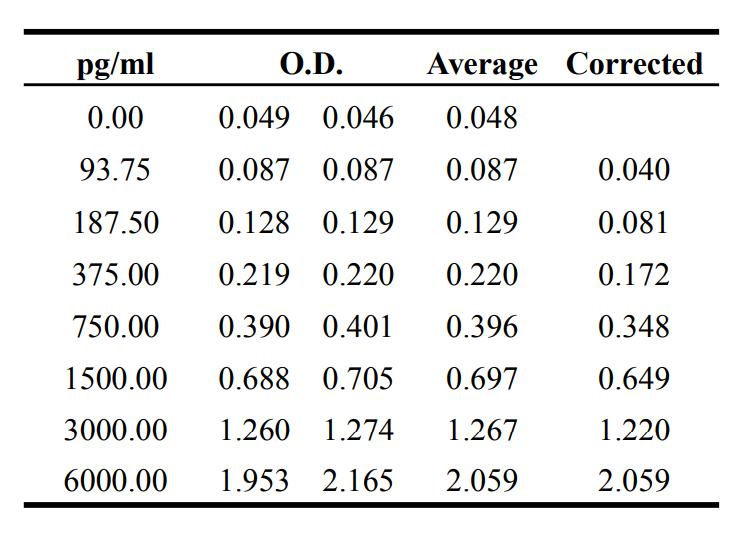
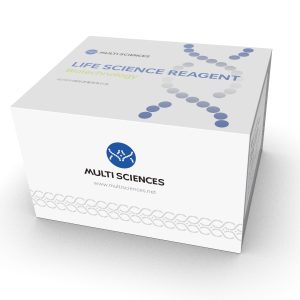

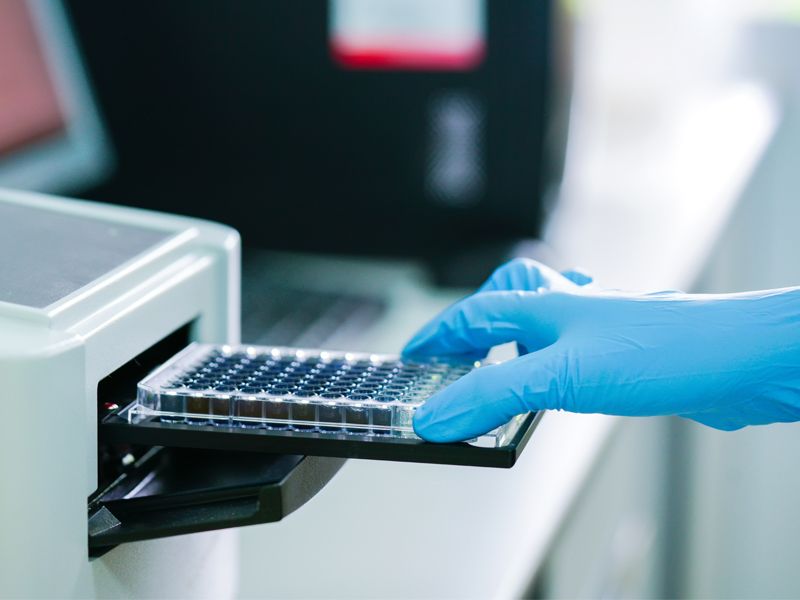
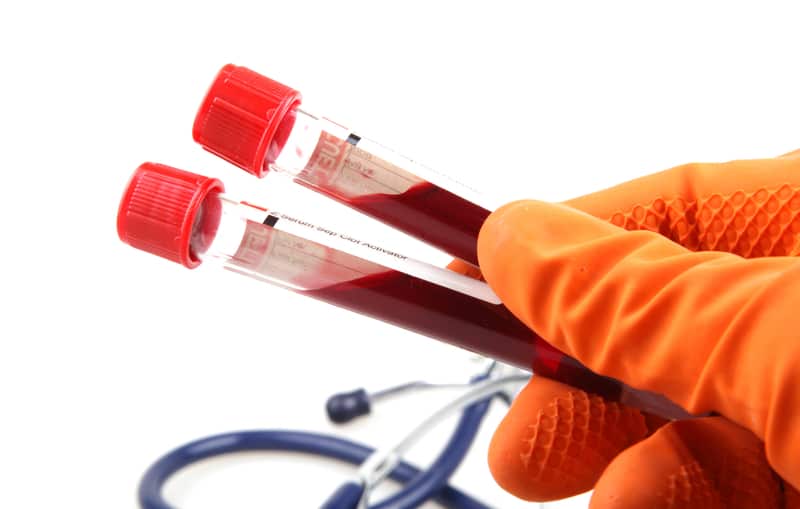
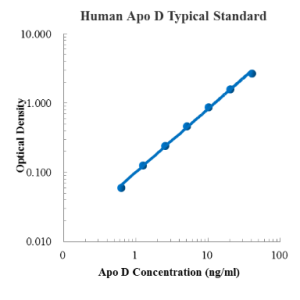
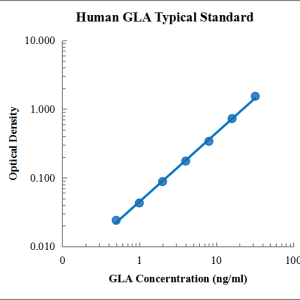
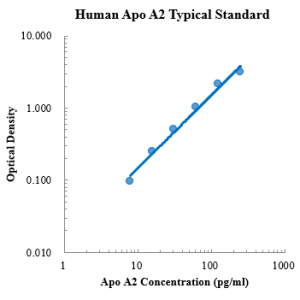
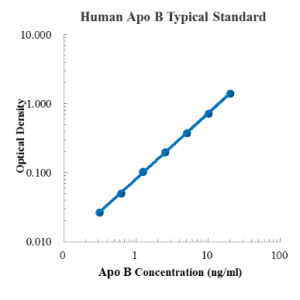
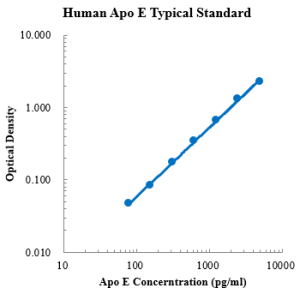
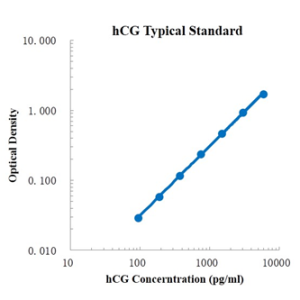
Reviews
There are no reviews yet.